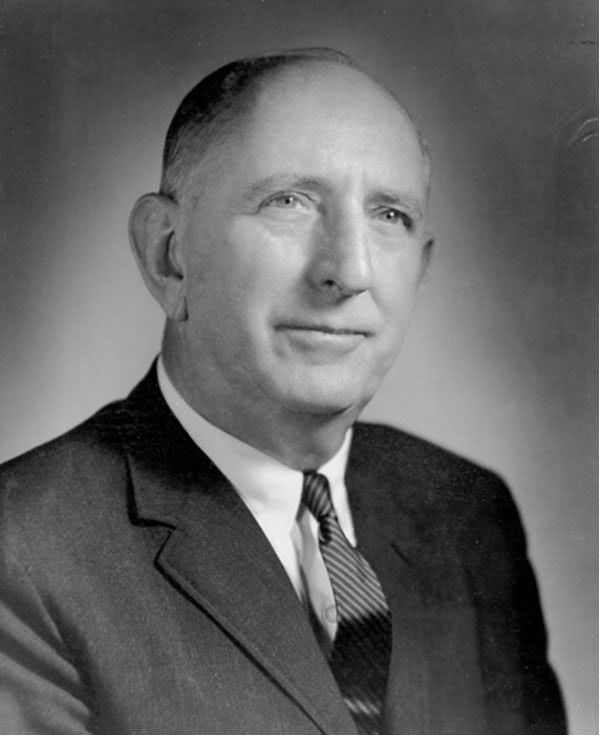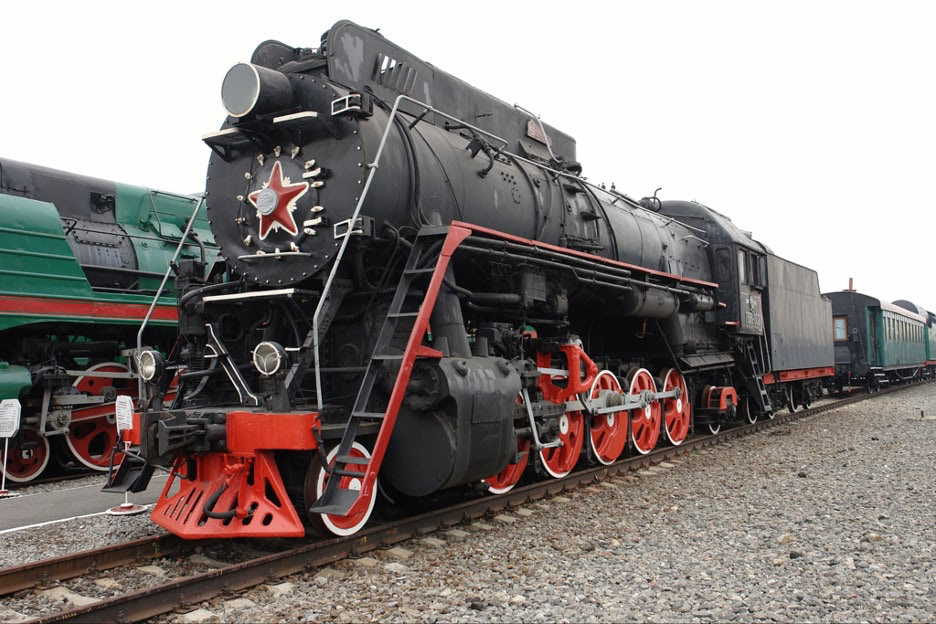Summary
In the early evening October 4, 1955, Senator Richard Russell of Georgia was traveling by train in the Soviet Union when he and two companions saw two unconventional aircraft “resembling flying discs or flying saucers” in the Transcaucasus region. As chairman of the Senate Armed Services Committee, Russell was widely respected in the U.S. military. When Russell reached Prague a week later, the three men reported the sighting to the U.S Air Force attaché, Col Timothy Ryan.

“I doubt if you are going to believe this, but we all saw it,” Hathaway told Ryan. “Senator Russell was the first to see this flying disc. We've been told for years that there isn’t such a thing, but all of us saw it.” Ryan deemed the three men “reliable observers.”¹
Two weeks later, Russell’s report was included in the CIA’s Daily Intelligence Bulletin, which was circulated to senior U.S. officials.²
“Disc aircraft ascended near dusk with outer surface revolving to the right slowly and with two lights stationery on top near middle part,” the Air Force reported in its summary of Russell’s account . “Sparks or flame seen coming from aircraft which passed over the observers train. Both flying disc aircraft ascended relatively slowly to about 6,000 [feet] then speed increased sharply in horizontal flight both on northerly heading.”
Russell and company said they saw two searchlights “pointing almost vertical” about one to two miles south of the rail line. “After the sighting,” they reported, “Soviet train men became excited and lowered curtain and refused permission to look out windows.” Russell, Efron, and Hathaway “firmly believe these conventional aircraft are flying saucer or disc aircraft,” the Air Force reported.
The CIA reaction was more skeptical. Herbert ("Pete") Scoville, Jr., assistant director for scientific intelligence at CIA, worried that Russell had been a victim of a Soviet hoax, designed either to convince the American group that some sort of launch site existed in the area, or to make them think they had seen a Soviet saucer, as unlikely as that might be.
Scoville questioned Russell and concluded that Hathaway and Ryan's version of the story, which had alarmed the Agency, was inflated in many respects -- biased toward an image of a vehicle unwarranted by the observations. For example, Russell said the Soviet men on the train closed the curtains 10 minutes after the incident and that he did not think they were trying to hide anything.

Scoville’s conclusion:
“The testimony of [Senator Russell's party] does not in my opinion support the theory that the Russians have developed saucer-like or unconventional aircraft. It is quite possible that the objects seen were the exhausts of normal jet aircraft in a steep climb. The fact that none were seen on the ground might indicate that the aircraft were in a dive followed by a sharp pull-up in such a way that nothing was seen until the exhausts were visible to the observers on the train. However, it is possible that the aircraft were indeed of the short or almost vertical take-off variety.”
When a reporter for the Los Angeles Examiner asked for details, Russell said only, "I have discussed this matter with the affected agencies and they are of the opinion that it is not wise to publicize this matter at this time."⁴
Three years before, Russell, as chairman of the Senate Armed Services Committee, had asked the Secretary of the Air Force, Thomas Finletter for an “evaluation of recent news articles concerning the observation of ‘flying saucers’ by combat airmen in the Far East.” Finletter replied with details from a UAP report filed by two experienced B-29 crews flying over Korea on January 30, 1952.⁵
Project Blue Book, the Air Force office responsible for evaluating reports of unidentified aerial phenomena, was apparently never informed of Russell’s sighting. The Air Force report on his story was not declassified until 1985.⁶